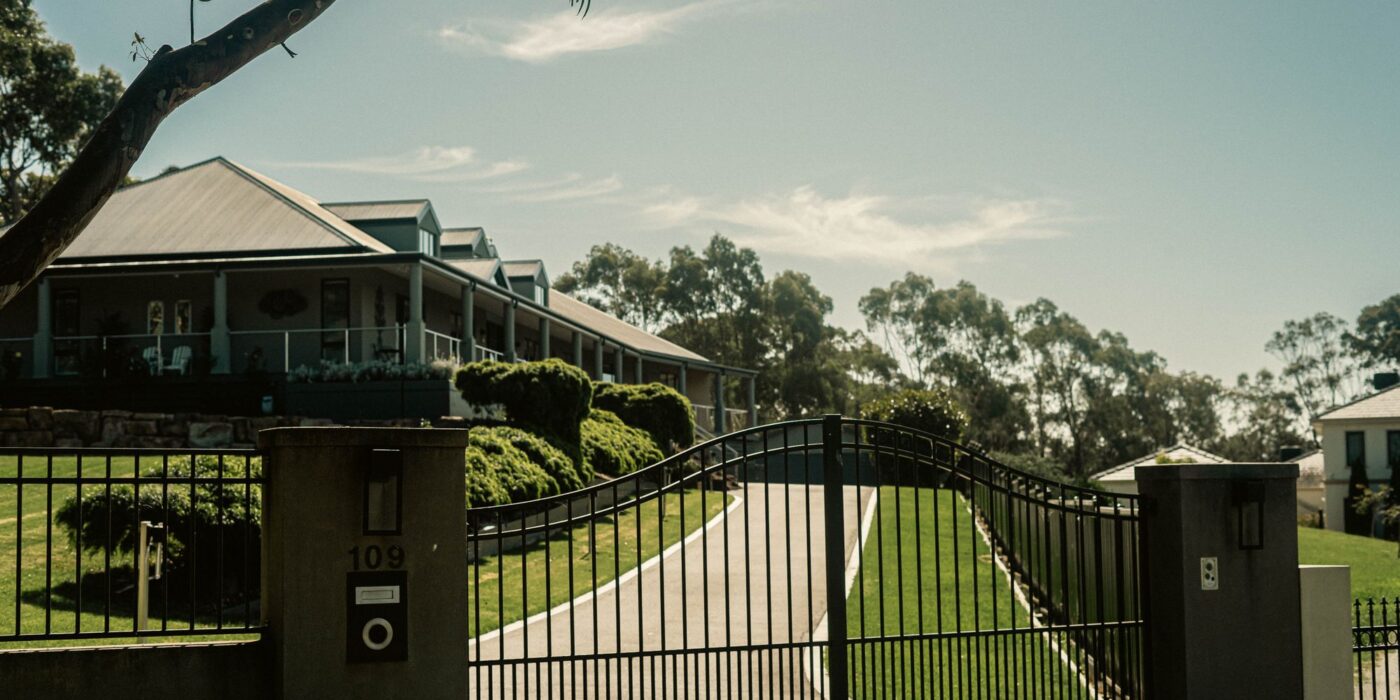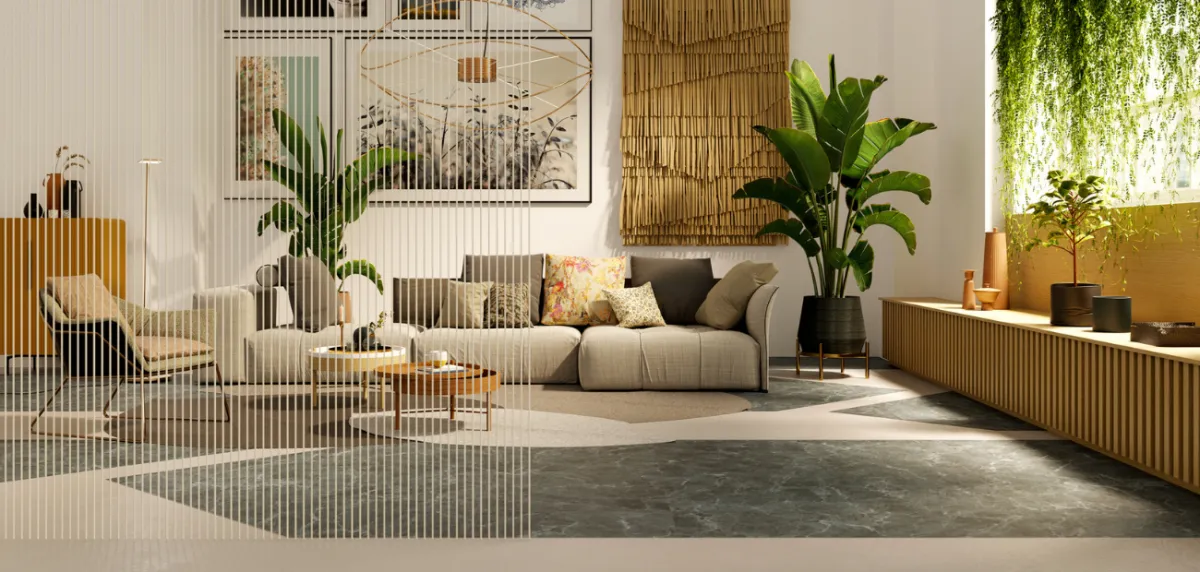A Guide to Buying in Gated Communities: Privacy, Security, and Exclusivity
Buying a home in a gated community is an attractive option for many homebuyers seeking privacy, security, and a sense of exclusivity. Gated communities offer a variety of benefits that go beyond the entry gates and security personnel. This blog explores the key aspects of purchasing a home in these exclusive neighborhoods, helping you decide if this type of living environment is the right choice for you. Let’s cover this guide to buying in gated communities.
Understanding Gated Communities
Gated communities are residential areas with restricted access, where entry and exit are controlled by gates that are manned or secured with automated systems. These communities often feature closed perimeters and are designed to offer a higher level of security and privacy than non-gated areas.
Benefits of Living in a Gated Community
1. Enhanced Security:
One of the primary reasons people choose gated communities is for increased security. The controlled access points help prevent non-residents from entering, which can reduce crime rates and increase safety for residents.
2. Privacy:
Gated communities provide a private space where residents can enjoy less traffic and lower noise levels from the outside world. This makes them ideal for those who value their privacy and wish to keep a low profile.
3. Sense of Community:
Often, these communities foster a closer-knit community feel. They may have community centers, events, and social clubs that encourage interaction among neighbors.
4. Amenities and Facilities:
Many gated communities come with added amenities such as swimming pools, golf courses, tennis courts, and other recreational facilities that are maintained by the community association.
See also: A Beginner’s Guide to Owning Land in Pune: Detailed Insights
5. Higher Property Values:
Homes in gated communities often retain their value better due to the desirability of the amenities and security features.
Challenges and Considerations
1. Cost:
Living in a gated community can be more costly than living in a non-gated area. There are often association fees or higher property costs due to the added amenities and maintenance of common areas.
2. Rules and Regulations:
Residents in gated communities are typically subject to community rules and regulations that can dictate everything from the color of your house to the type of landscaping you can have. It’s important to review these rules before buying.
3. Limited Access and Inconvenience:
The security features that provide privacy and safety can also be a hindrance. Guests may need to be pre-approved, and deliveries could be more complicated.
Tips for Buying in a Gated Community
1. Research the Association:
Understand the homeowner’s association (HOA) fees, what they cover, and the rules set by the community. Knowing these can help avoid surprises after you move in.
2. Visit at Different Times:
Visit the community at various times of the day to get a sense of what daily life is like. This can also help you gauge the effectiveness and friendliness of the security measures and staff.
3. Consider the Location:
The location of the gated community is crucial. Consider proximity to work, schools, medical care, shopping, and other amenities.
See also: Why The Anthem is the Ultimate Commercial Space in Aundh
4. Evaluate the Amenities:
Make sure the amenities offered align with your lifestyle needs. Pay for what you will use; if you won’t use a golf course, a community with one might not be worth the extra cost.
5. Talk to Residents:
Speak with current residents about their experiences. This can provide insight into the community culture, management efficiency, and any issues with the HOA.
Living in a gated community comes with many perks such as enhanced security, privacy, and exclusive amenities. However, it also involves higher costs and adherence to community rules. Careful consideration and thorough research are crucial to making an informed decision that aligns with your lifestyle and budget. Whether you’re looking for a peaceful retreat or a vibrant community with lots of amenities, gated communities can provide a unique and satisfying living experience.


